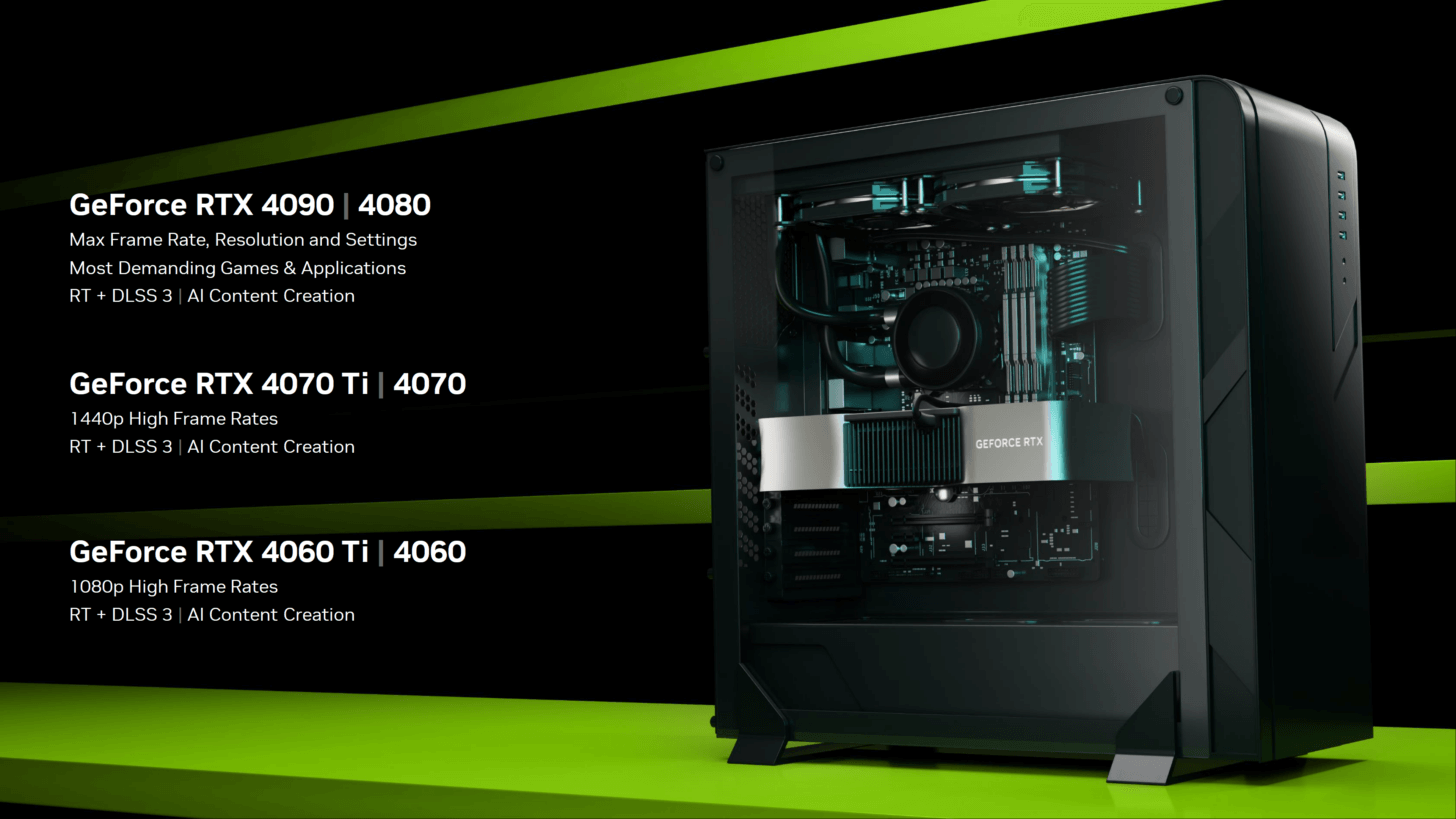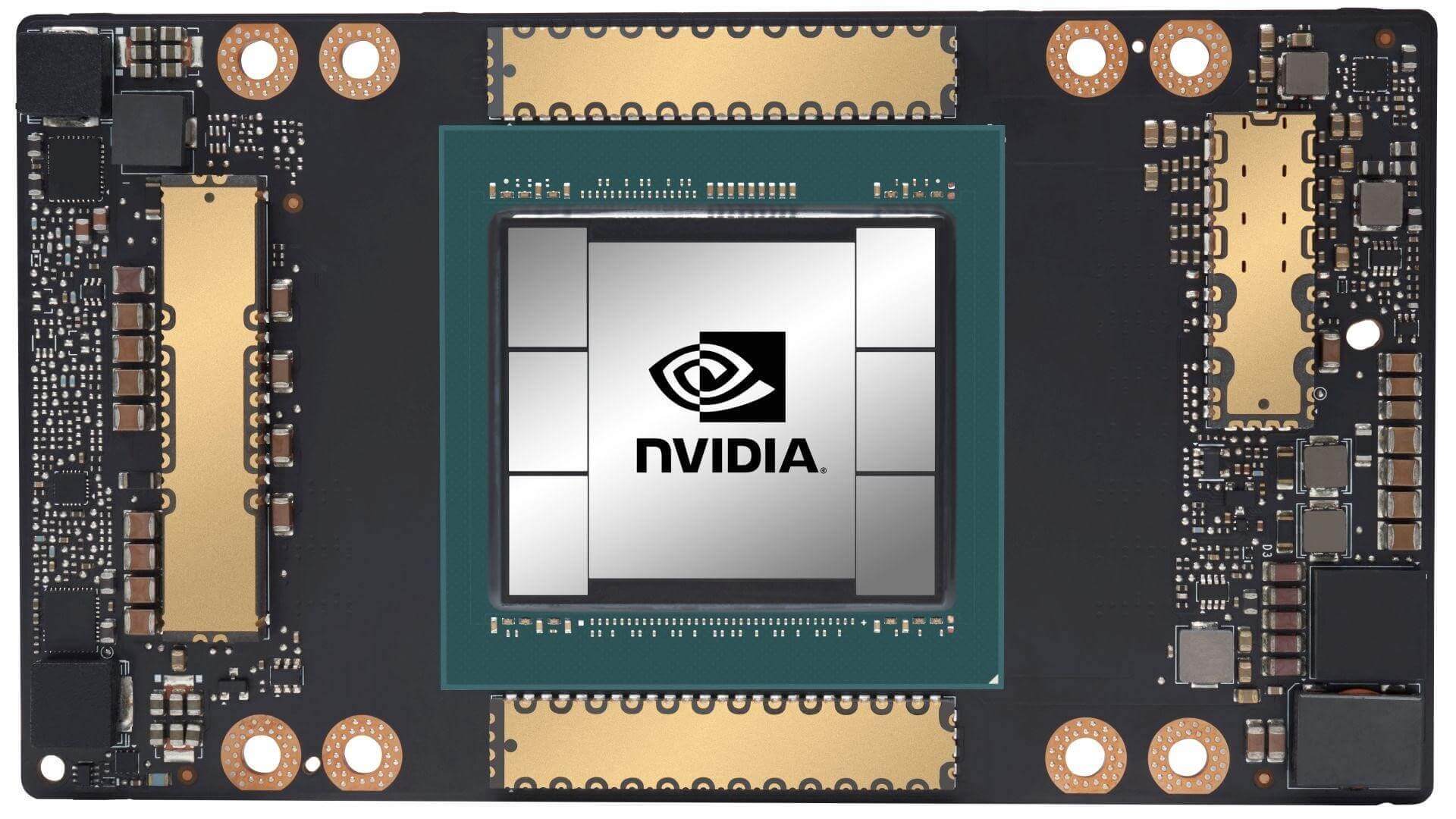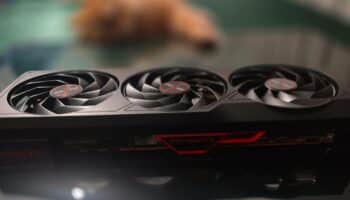The other day it was reported that NVIDIA’s next-gen Blackwell GPUs would employ a chiplet architecture for its higher-end SKUs. Another leak from Chiphell has come forth claiming that the GeForce RTX 5090 (Blackwell flagship) will be at least 70% faster than the RTX 4090. The leaker claims that upgrades to scale, memory bandwidth, and cache will drive this significant leap in performance.
Before we proceed, please note that we’re still at least a year away from the release of the RTX 5090, and any leaks or rumors at this point should be considered preliminary and/or taken with a grain of salt. Now, onto the tasty bits. By scale, the source likely means the die area, which will be increased by 50%. Considering that the AD102 GPU powering the RTX 4090 is already 609 mm², a straight-up increase in dimensions is not feasible.
If the RTX 5090 and its siblings leverage TSMC’s N3 process node, then up to 33% of the density increase will come from the die shrink, leaving the remaining 30% to the adoption of a disaggregated or chiplet layout. Now, NVIDIA could take a leaf from AMD’s playbook and use a single Compute Die with all the SMs alongside multiple Memory Controller Dies. Or we could see multiple compute dies. However, this approach is risky and unlikely.
Getting multiple processing dies to work in tandem (in sync) with one another will be a difficult task, but if anyone can do it, it’s NVIDIA. This would require a fast die-to-die interconnect (probably CoWoS), local caching capabilities for each die, and a way to coordinate both dies with minimal latency.

The cache and bandwidth increase are rather straightforward. The GeForce RTX 5090 will likely adopt the next-gen GDDR7 memory, which is capable of pushing bandwidths of up to 1.5TB/s, courtesy of PAM3. There’s also a rumor from a prominent source that the Blackwell flagship will be paired with a massive 512-bit bus. Pair that up with GDDR7, and you easily get a bandwidth hike of over 50%.
A 78% increase in cache is no joke, and truth be told, I’m a little skeptical of it. Regardless, if NVIDIA were to go with a multi-die approach for the RTX 5090, multiple cache stashes on each become necessary. And lastly, a frequency bump of 10-15% is given for every next generation of CPUs and GPUs.
All these improvements, if true, should easily result in a generation uplift of 70-80% for Blackwell. As per sources on Twitter, a late 2024 release is being planned for the RTX 5090, and these plans aren’t set in stone.






